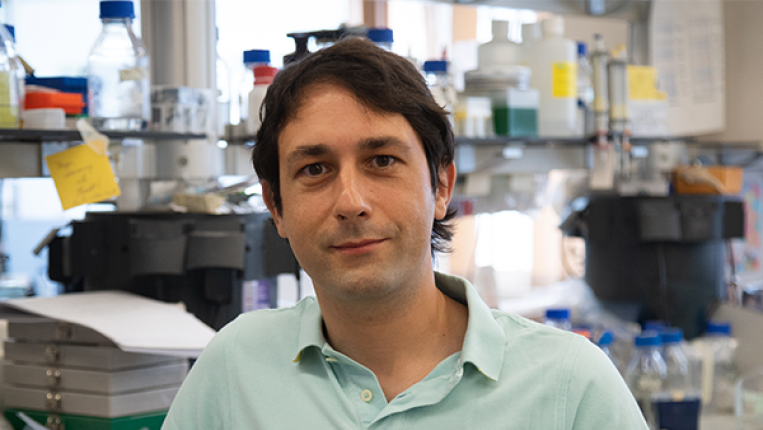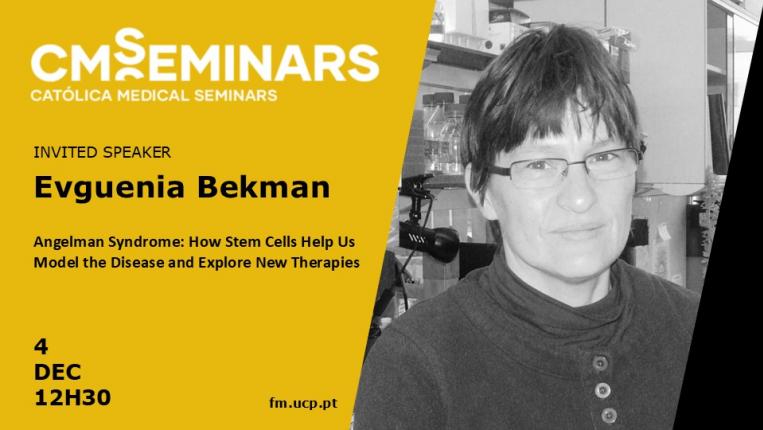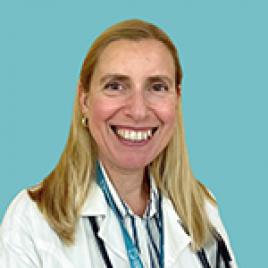This UC is of the modular type and is taught three times a year to one group of students at a time.
Intended learning outcomes (knowledge, skills and competences to be developed by the students):
At the end of these rotations, the student will be able to:
- Take a detailed patient’s history
- Perform a complete physical examination
- Create a list of problems, signs or symptoms
- Make a differential diagnosis with an order of probability (clinical reasoning skills)
- Propose relevant diagnostic tests
- Design a therapeutic plan
- Communicate with other health care professionals
- Cooperate in a professional health care team
- Use knowledge of relevant epidemiological and life style related and genetic risk factors in patient management Specific:
- At the end of these rotations, the student will be able to:
- Interpret basic laboratory test results
- Interpret an X-ray of the thorax
- Interpret an electrocardiogram
- Use basic pharmacotherapeutic skills (according to the six-step guideline)
- Perform a peripheral venous catheterisation
- Use evidence based medicine to answer a clinically relevant question (diagnosis or treatment)
- Reflect on ethical questions.
Syllabus:
Key disciplines: Internal Medicine, Cardiology, Dermatology, Pulmonology
- General Internal Medicine (6 weeks)
- Other clinical rotations (6 weeks, e.g. pulmonary medicine, cardiology, dermatology, oncology, intensive care, rheumatology, vascular medicine, infectious diseases, geriatric medicine); the local coordinator assigns rotations to students at random. The main goals for the junior clerkship are to identify and prioritize clinical problems, and to understand and select clinical interventions.





